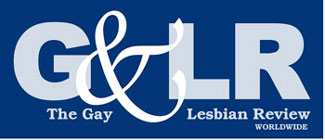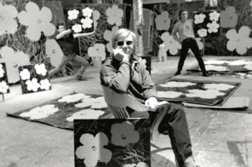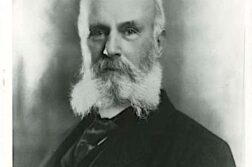GAY AND BISEXUAL MEN have normalized body obsession to the point that eating disorders are an accepted and unnoticed way of life. We take it for granted that issues of body image and unhealthy eating habits plague heterosexual women, but we tend not to associate these problems with men in general. While insufficient research has been done on this topic as it concerns gay people, there is some evidence to suggest that gay men suffer from eating disorders at a disproportionate rate. There have been a few empirical studies to date, which I’ll discuss presently, along with a few books that touch on the topic and a documentary that focuses on gay body image.
Understanding eating disorders within the gay community requires examination on multiple fronts. Personal stories need to be told. Research needs to be put into perspective. The facts need to be absorbed into the larger context of gay identity.






